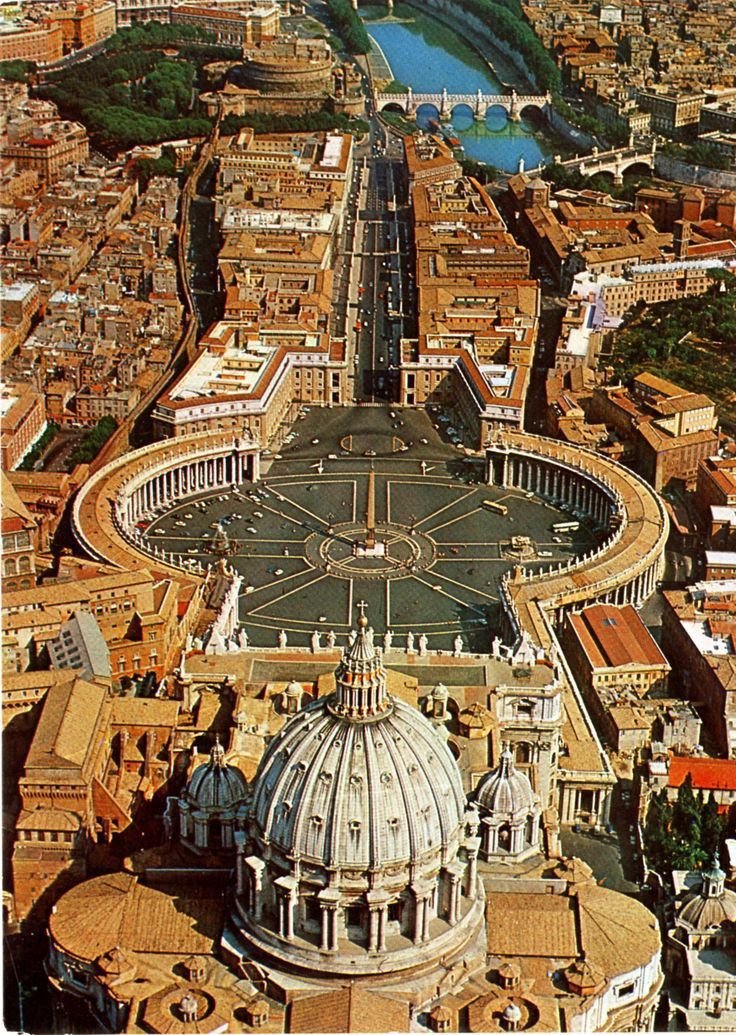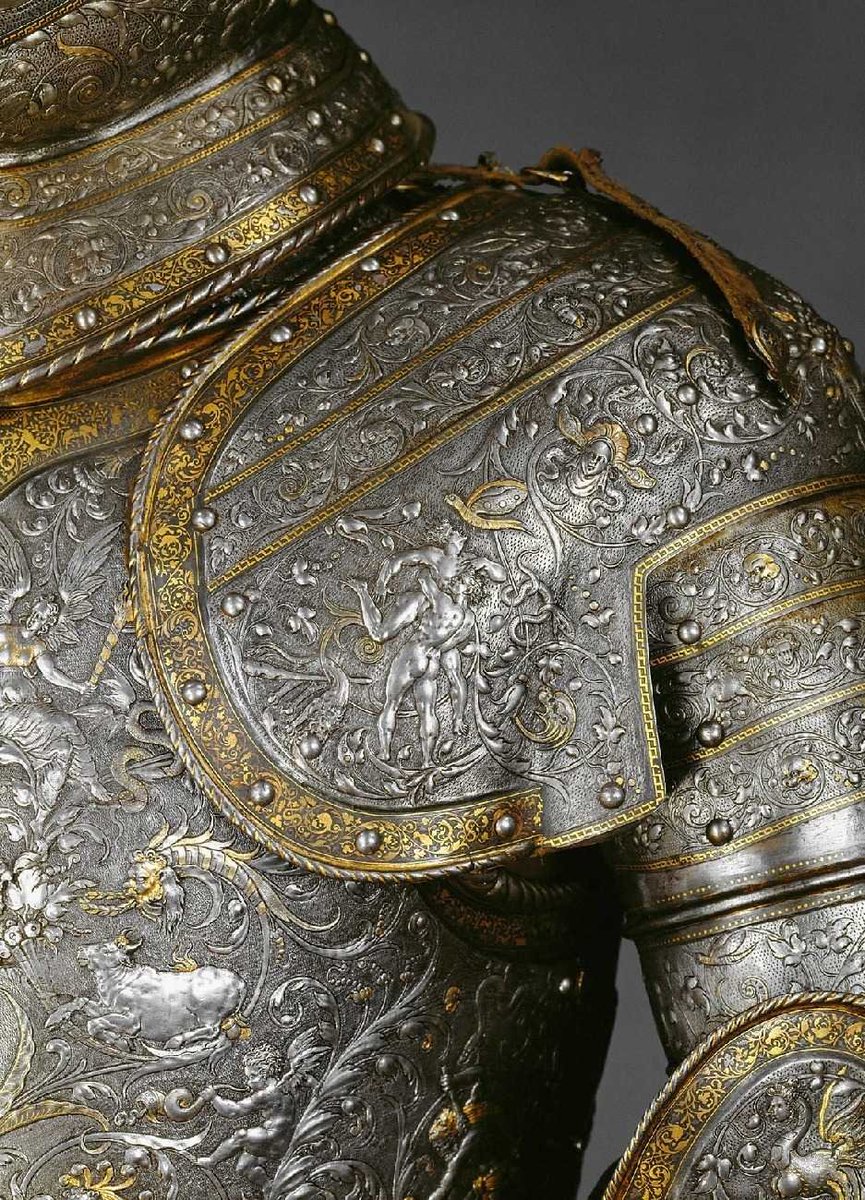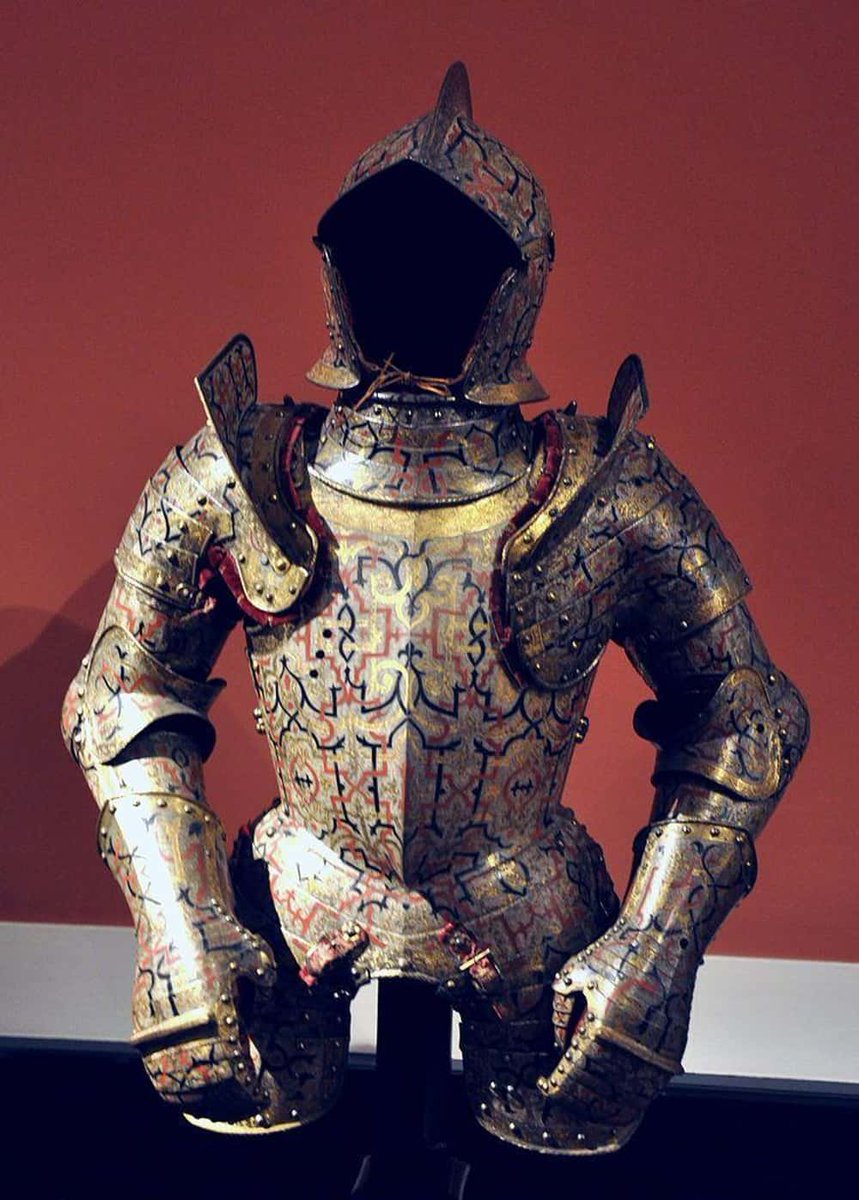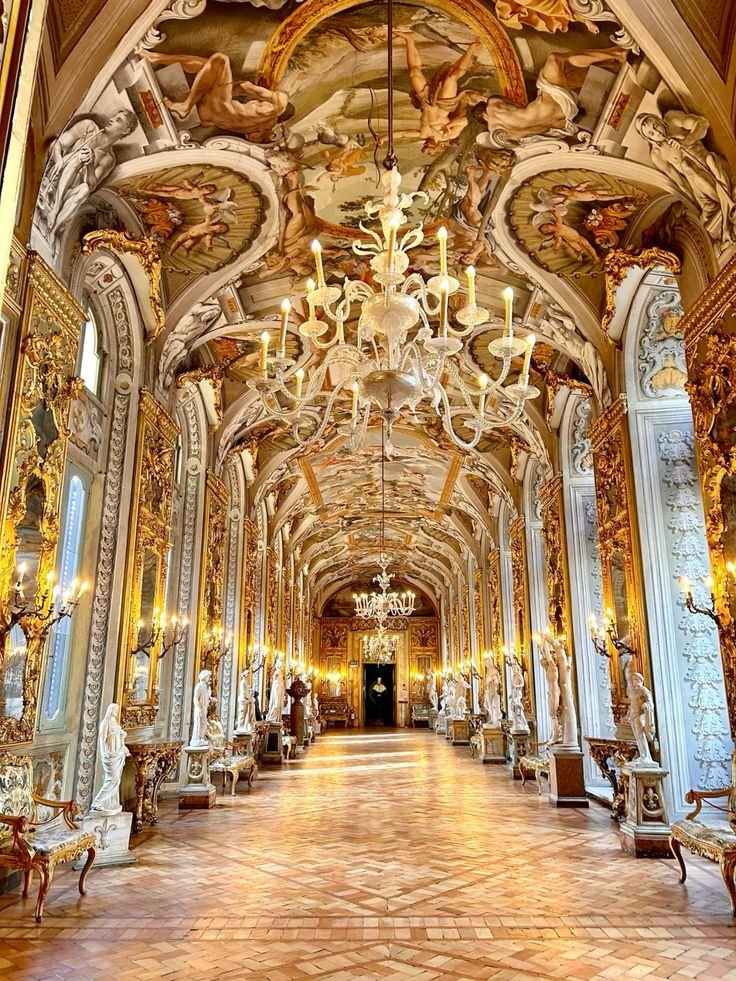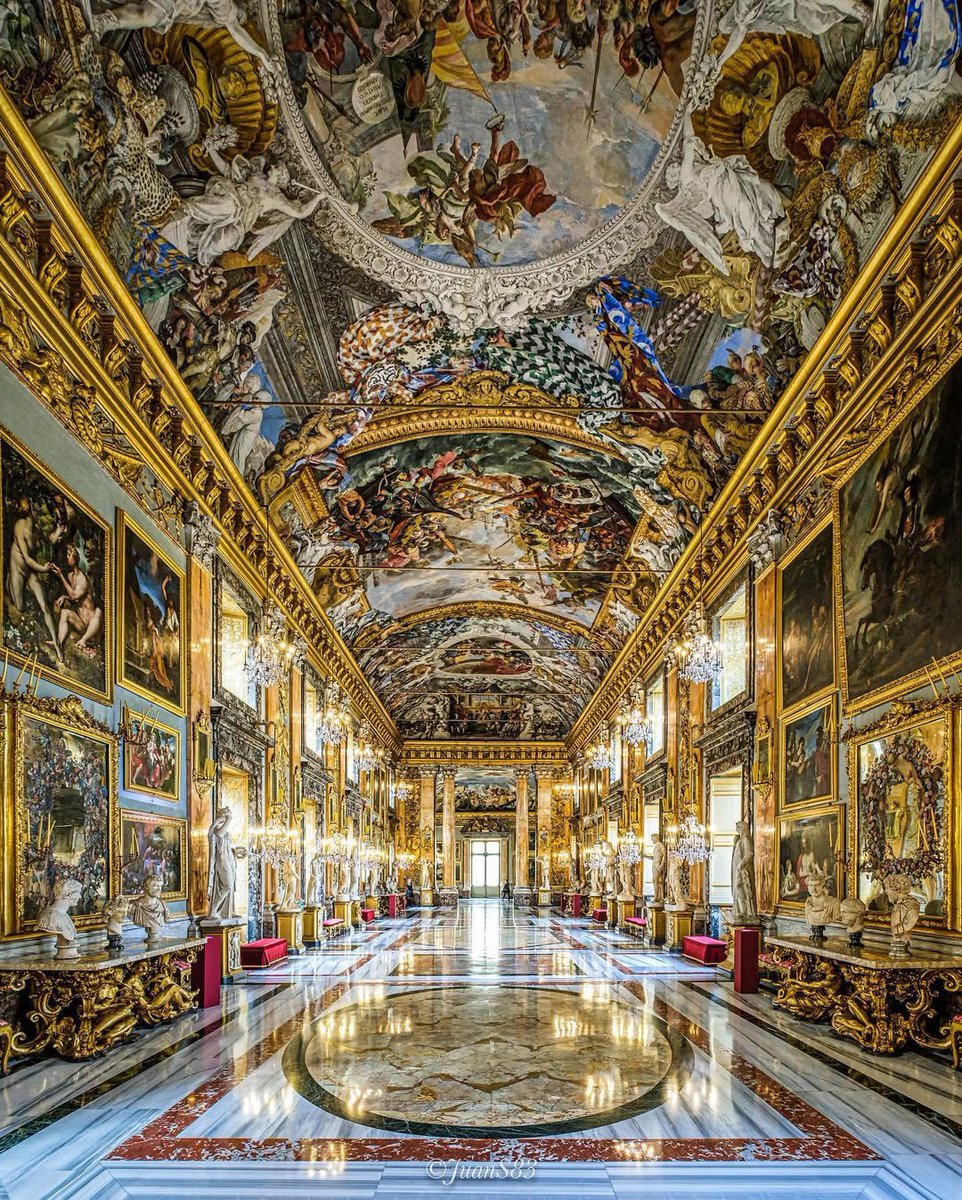You’ve been lied to about ancient leadership.
The greatest book on ruling isn’t The Prince. It’s not even by a Roman.
It’s about a Persian king—written by a Greek soldier who admired Socrates.
And this is why Alexander the Great studied it. 🧵👇
The greatest book on ruling isn’t The Prince. It’s not even by a Roman.
It’s about a Persian king—written by a Greek soldier who admired Socrates.
And this is why Alexander the Great studied it. 🧵👇
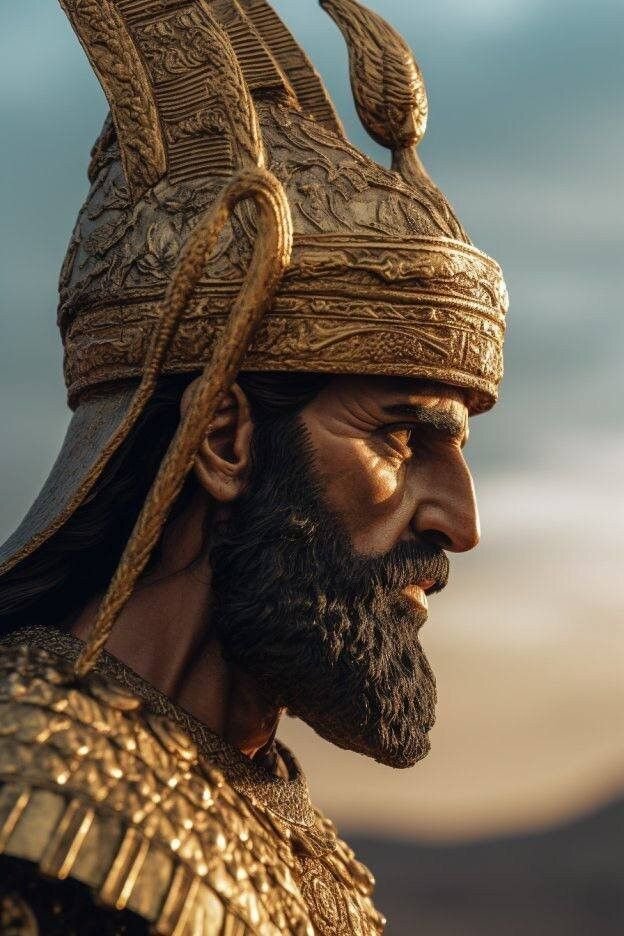
The book is Cyropaedia, by Xenophon.
On the surface, it’s a biography of Cyrus the Great.
But it's not history.
Not fully fiction.
Not quite philosophy.
It’s a political grenade wrapped in a leadership manual.
On the surface, it’s a biography of Cyrus the Great.
But it's not history.
Not fully fiction.
Not quite philosophy.
It’s a political grenade wrapped in a leadership manual.

Forget Machiavelli’s scheming.
Xenophon gave us something weirder:
A king who conquers the world by charm, beauty, and… virtue?
The shocker?
Xenophon actually thought this Persian should be a model for Greek leaders.
That was like praising your enemy on national television.
Xenophon gave us something weirder:
A king who conquers the world by charm, beauty, and… virtue?
The shocker?
Xenophon actually thought this Persian should be a model for Greek leaders.
That was like praising your enemy on national television.

Cyrus isn’t praised the way you’d expect.
Xenophon doesn’t flatter him.
He wonders about him.
He doesn’t say Cyrus was “good.”
He says Cyrus made people want to obey him.
That’s deeper than power. That’s charisma.
Xenophon doesn’t flatter him.
He wonders about him.
He doesn’t say Cyrus was “good.”
He says Cyrus made people want to obey him.
That’s deeper than power. That’s charisma.

Xenophon starts with one question:
“How did this man get people to obey him willingly?”
Then he spends 8 chapters showing us the answer:
It wasn’t strength.
It wasn’t fear.
It was character.
But not in the soft, modern sense.
“How did this man get people to obey him willingly?”
Then he spends 8 chapters showing us the answer:
It wasn’t strength.
It wasn’t fear.
It was character.
But not in the soft, modern sense.

Cyrus had three explosive traits:
• Philanthropia – love of people
• Philomathia – hunger for learning
• Philotimia – ambition, even obsession with glory
But what happens when those traits collide?
Xenophon doesn’t preach. He shows you the mess.
• Philanthropia – love of people
• Philomathia – hunger for learning
• Philotimia – ambition, even obsession with glory
But what happens when those traits collide?
Xenophon doesn’t preach. He shows you the mess.

When Cyrus is a boy, he’s bold, emotional, and wildly affectionate.
He gets his way by hugging, sulking, or charming his way out of problems.
One moment, he’s a golden puppy.
The next, he’s casually comparing himself to a slave to make a point.
And it works.
He gets his way by hugging, sulking, or charming his way out of problems.
One moment, he’s a golden puppy.
The next, he’s casually comparing himself to a slave to make a point.
And it works.

But as Cyrus matures, he starts holding back.
He blushes. Uses softer words. Thinks before speaking.
Xenophon is tracking a deeper change—ambition learning self-control.
He’s asking: Can someone be both hungry for power and truly noble?
He blushes. Uses softer words. Thinks before speaking.
Xenophon is tracking a deeper change—ambition learning self-control.
He’s asking: Can someone be both hungry for power and truly noble?

The deeper the story goes, the more Cyrus stops explaining himself.
He goes from transparent to unreadable.
He wins loyalty with gifts, respect, and attention.
But does he manipulate people?
Does he love them?
Or just use them?
Xenophon doesn’t tell you. That’s the genius.
He goes from transparent to unreadable.
He wins loyalty with gifts, respect, and attention.
But does he manipulate people?
Does he love them?
Or just use them?
Xenophon doesn’t tell you. That’s the genius.

One day, Cyrus faces his uncle, a jealous king named Cyaxares.
The uncle thinks Cyrus stole his army.
Cyrus thinks he earned their loyalty.
They argue. The uncle says:
“What if someone did this to you?”
It’s the moment the whole book turns.
The uncle thinks Cyrus stole his army.
Cyrus thinks he earned their loyalty.
They argue. The uncle says:
“What if someone did this to you?”
It’s the moment the whole book turns.

This isn’t just about ancient Persia.
It’s about you—your workplace, your ambition, your friends.
When you get your way… do you lose something bigger?
Do people obey you… or like you?
And are you sure you can tell the difference?
It’s about you—your workplace, your ambition, your friends.
When you get your way… do you lose something bigger?
Do people obey you… or like you?
And are you sure you can tell the difference?

Scholars still argue what Xenophon meant.
Some say Cyrus is a monster with a smile.
Others say he’s the perfect king.
Xenophon doesn’t make it easy.
He withholds judgment because he wants you to judge yourself.
Some say Cyrus is a monster with a smile.
Others say he’s the perfect king.
Xenophon doesn’t make it easy.
He withholds judgment because he wants you to judge yourself.

One philosopher called Cyropaedia “the real Republic.”
Unlike Plato’s cold utopia, Xenophon shows the chaos of power.
His leader isn’t flawless.
He’s a paradox:
Ambitious but kind.
Clever but opaque.
A lion pretending to be a lamb until he roars.
Unlike Plato’s cold utopia, Xenophon shows the chaos of power.
His leader isn’t flawless.
He’s a paradox:
Ambitious but kind.
Clever but opaque.
A lion pretending to be a lamb until he roars.

Xenophon dares to ask:
What if the best leader isn’t a saint, a tyrant, or a genius?
What if the best leader is someone you can’t quite figure out?
What if power, used well, still leaves scars?
What if the best leader isn’t a saint, a tyrant, or a genius?
What if the best leader is someone you can’t quite figure out?
What if power, used well, still leaves scars?

Most leadership books promise clarity.
Xenophon gives you discomfort.
That’s why Cyropaedia isn’t just ancient literature.
It’s a mirror.
And the longer you read it, the more it stares back.
Xenophon gives you discomfort.
That’s why Cyropaedia isn’t just ancient literature.
It’s a mirror.
And the longer you read it, the more it stares back.

Follow @CultureExploreX for more breakdowns of the greatest forgotten books of history.
And subscribe to The Culture Explorer:
newsletter.thecultureexplorer.com/subscribe
And subscribe to The Culture Explorer:
newsletter.thecultureexplorer.com/subscribe

• • •
Missing some Tweet in this thread? You can try to
force a refresh


